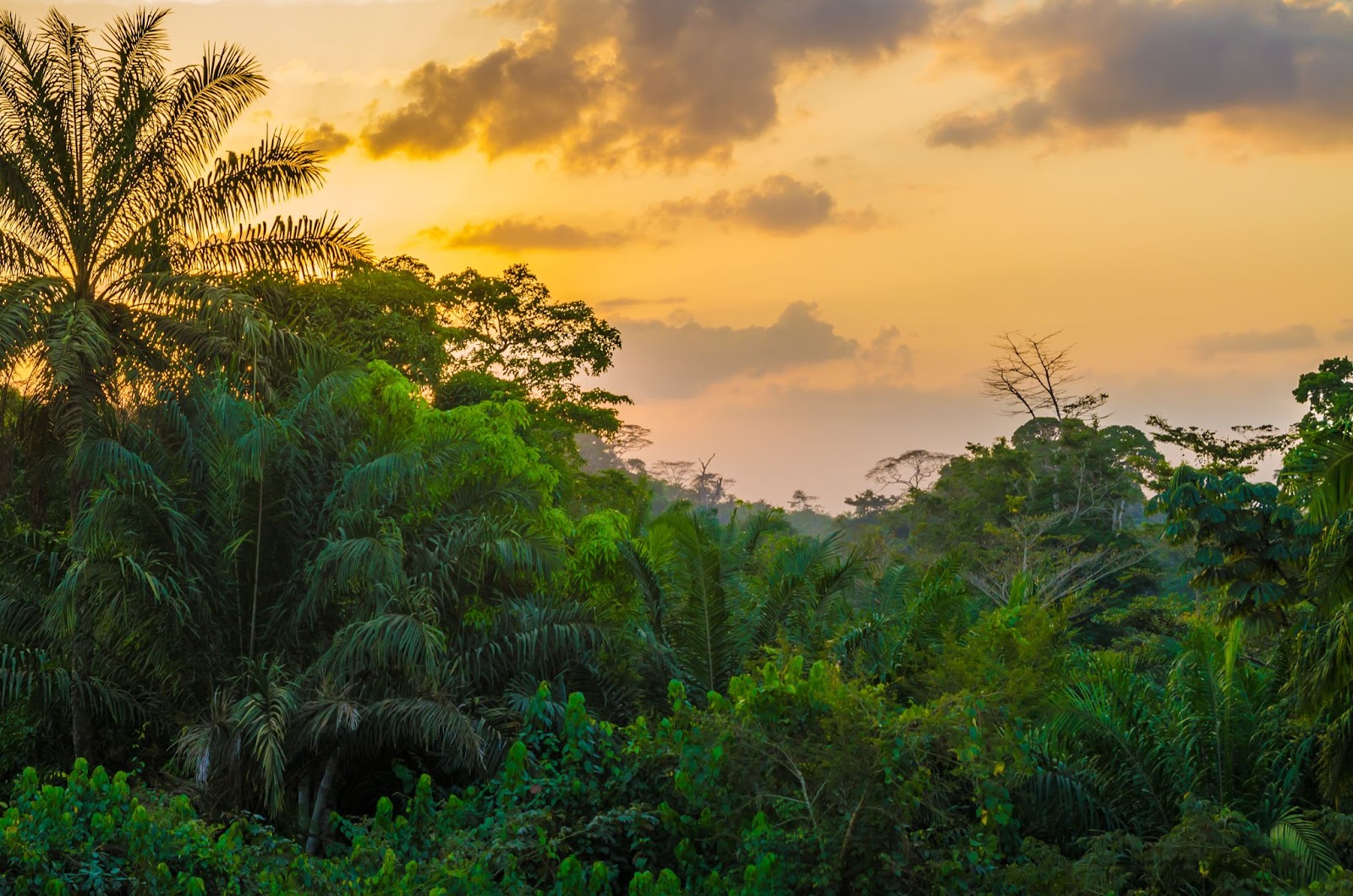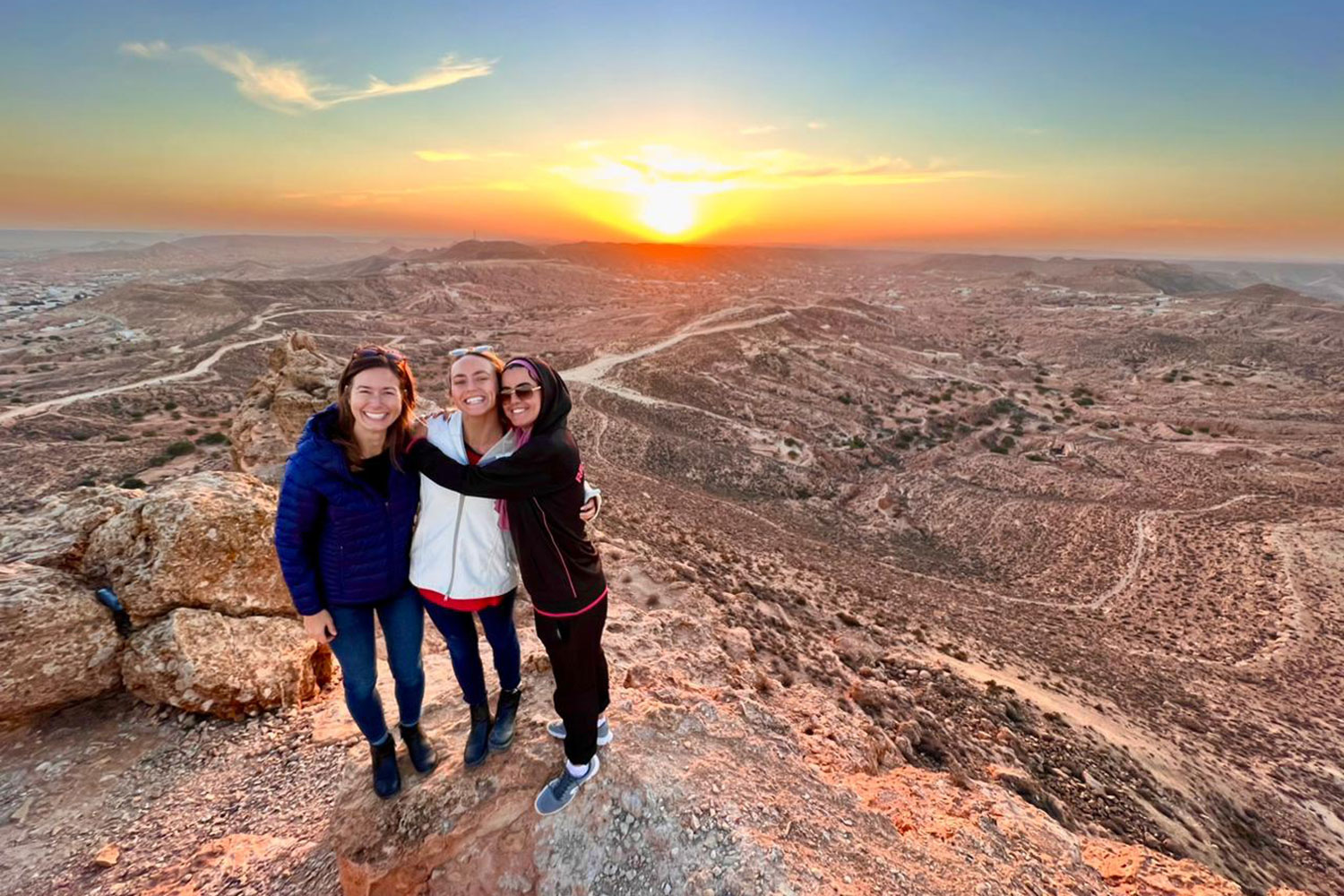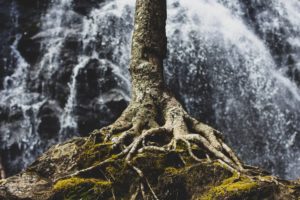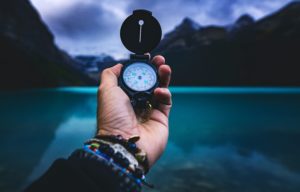Liberia is a country that suffered from political turmoil between 1989 and 2003. Tragically, this political turmoil also destroyed Liberia’s tourism sector. While this is the case, the country of Liberia is beautiful and has much to offer to tourists from all around the globe. In the last two decades since the war, the Liberian state has stabilized, and the country has dedicated itself to rebuilding the sector. The government also aims to do this through digital marketing and sustainable development of their tourism sector.
Liberia is home to over 140 species of mammals, 600 species of birds, and 75 different amphibian and reptile species. The country also boasts one of the most diverse ecosystems on earth and has roughly 4.2 million hectares of forested land: 43.4% of the total land area. This presents an immense opportunity for tourism development and conservation efforts to ensure that these species and ecosystems are properly protected.
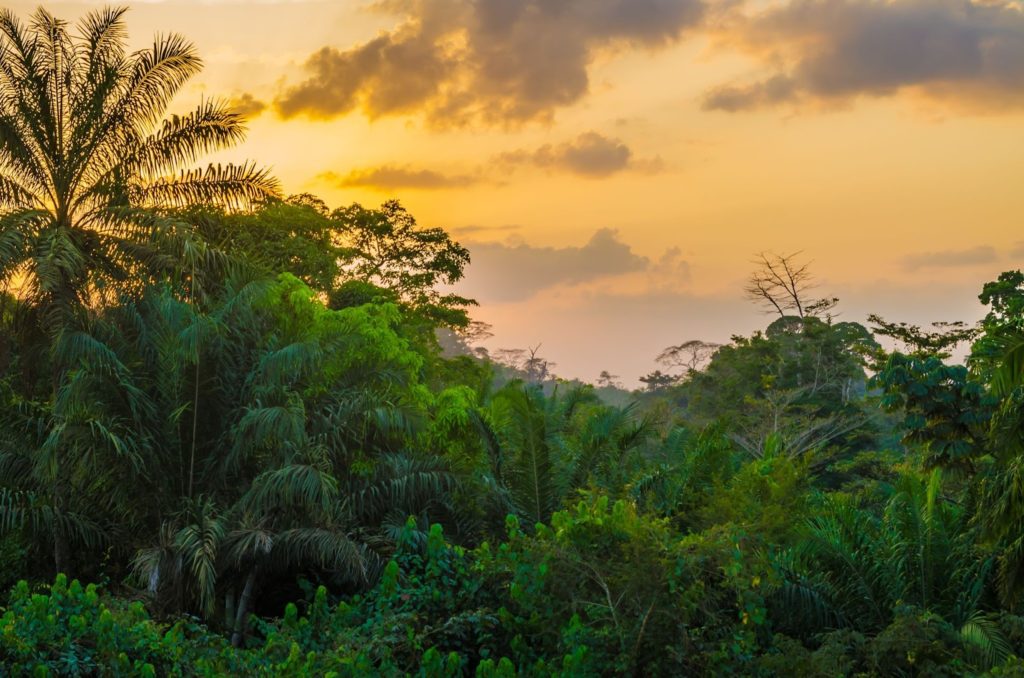
One example of these conservation efforts includes the USAID Conservation Works Activity (CWA), which engages communities in management of protected areas, and gives them a stake in long-term protection of these areas. Another objective of the project is to develop sustainable tourism infrastructure and capacity. This is an important part of the Destination Management Plan, as Liberia has stunning destinations already open for guests and simply need more promotion.
With more tourists, the Liberian tourism sector will be able to develop further. Additionally, it is important to involve local communities when nurturing sustainable development. the CWA project believes that this is crucial to developing Liberia’s tourism sector. By 2025, Liberia wants to be an up-and-coming destination that is increasingly sought out by tourists. Currently, one of the best places to get information online about visiting Liberia is on Solimar’s Enjoy Liberia website.
Promoting Sustainable Development in Liberia via Digital Marketing
One important aspect of marketing is understanding what type of tourists will be attracted to a destination. The marketing strategy for the CWA aims to attract tourists who are nature and adventure enthusiasts, both locally and internationally. Liberia touts numerous attractions for tourists of this demographic. Exploring the history and immersing yourself in the culture of Monrovia, surfing on the beaches of Robertsport, and exploring the forests of East Nimba Nature Reserve and Sapo National Park. These are but a few of the opportunities for sustainable tourism development and are important destinations in the CWA digital marketing strategy.
Due to the rapid development of certain tourist sites in Liberia, it is crucial for marketing campaigns to be aware of the changes coming to these sites. These exciting changes not only intrigue tourists, but they also have the ability to showcase how the Liberian government, specifically the Ministry of Information, Culture & Tourism (MICAT), is developing the industry sustainably. This is a mutually beneficial relationship, as sustainable development brings social approval and further attention to these destinations. This also enforces the belief that sustainable development is crucial to the tourism sector.
One example of this is the Sapo Eco-Lodge, located in Sapo National Park. This lodge was built by the Wild Chimpanzee Foundation and the Forestry Development Authority and has been built in the buffer zone of the park. The eco-lodge involves local communities and allows tourists to appreciate nature and encourage conservation by showcasing existing conservation efforts. The eco-lodge has power and also generates some of its electricity from solar panels.
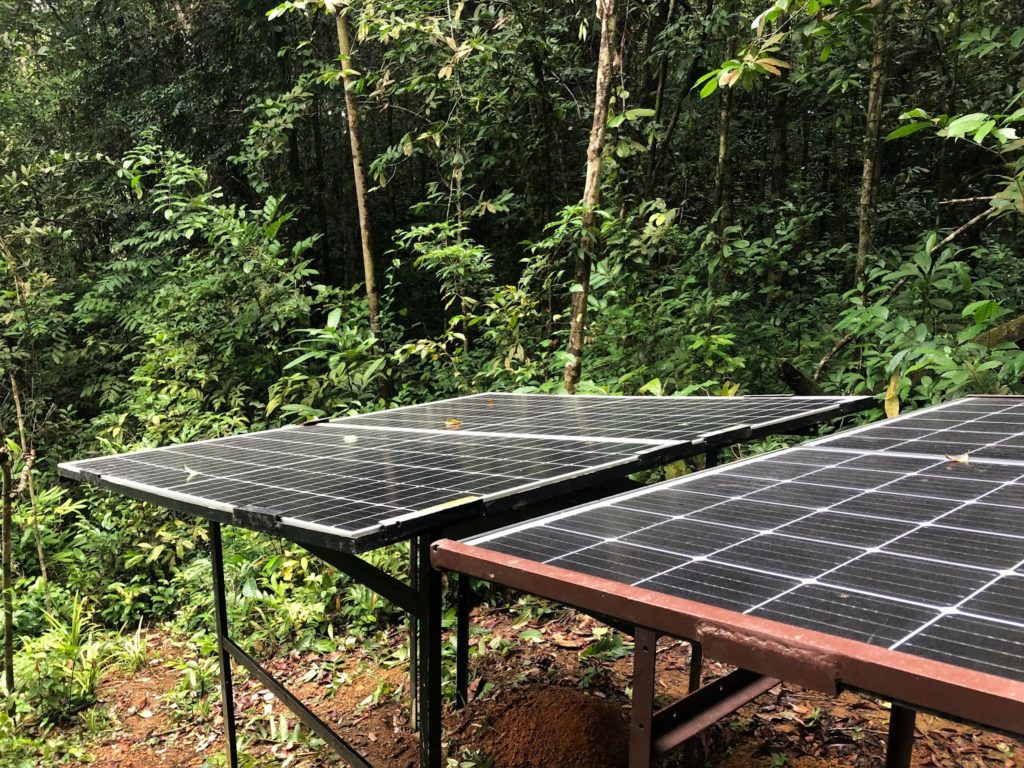
There are many exciting things happening in the tourism sector of Liberia, and the eco-lodge in Sapo National Park is a great example. While this is a rapidly developing sector, it is still difficult for companies based abroad to receive all the relevant information needed to advertise these changes. Specifically, digital marketing requires numerous pictures and descriptive language, as well as details of the changes being brought to various destinations in Liberia. The information network, especially because of the limited internet presence in developing countries, is weak. Due to this, many destinations do not have a strong digital presence.
Expanding Information Networks & Engaging the Private-Sector
While the government provides updates based upon government projects, it is still crucial to engage with the private sector to understand the current destination landscape. We have to understand how best to promote these new or upgraded destinations and work with their owners. To do this, Solimar engages with locals that live in Liberia, as well as establishing relationships with various private-sector actors who are focused on providing attractions that promote sustainable development and conservation.
Solimar relies on its on-the ground employees who are locals of Liberia. These locals provide unique insight on local news and information on destinations, attractions, and events not featured online. They also provide critical cultural insight. Additionally, working directly with local citizens builds an information network that can lead to increased collaboration with the private sector. It is crucial to work with the local community and community actors to ensure that they receive benefits from the sustainable tourism industry.
With more information and enthusiastic businesses that want to get involved in the tourism industry, it is significantly easier to utilize digital marketing to encourage tourists to visit Liberia. One example of these enthusiastic businesses is Philip’s Guesthouse, owned by Philip Banini. Banini’s guesthouse is a perfect opportunity for tourists to experience the passionate and growing surfing community of Robertsport on the coast of Liberia.
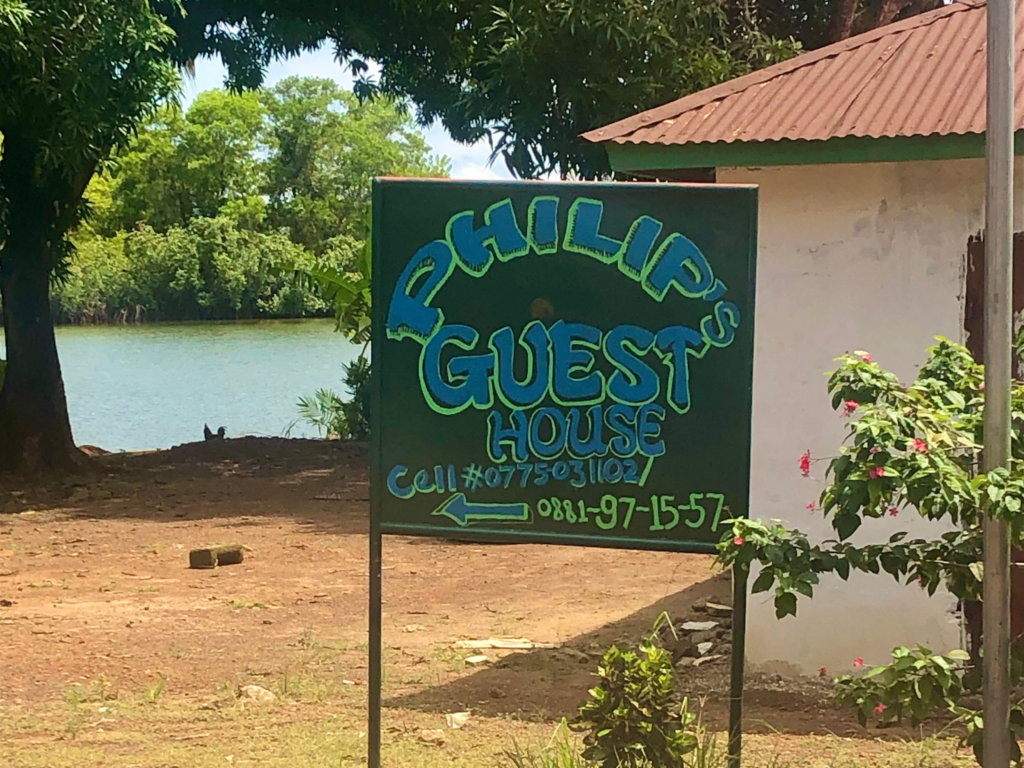
Because of the relationship that Solimar has developed with Banini’s Guesthouse, it has been easy to get information about the guesthouse and promote it on various websites, as well as Solimar’s own. Due to this relationship we had the opportunity to interview Philip about his guesthouse, as well as about his life journey that brought him to open it. Building relationships and having the opportunity to interview business owners makes it easier to gain information and market destinations or amenities. It also allows the Destination Management Organization (DMO) to understand the local communities they are working with, as well as their goals and beliefs. These interviews allow for digital marketing to be more personable, as they convey the real stories and emotions behind the people who want to engage in sustainable tourism development in Liberia.
Encourage Entrepreneurship and Engagement in the Tourism Industry via Digital Marketing
As the Liberian tourism sector continues to develop and grow, it will become evident that there is success in following a Destination Development Plan and operating with sustainable business practices. As the tourism sector grows, business networks will also grow as the DMO aims to create a unified and coordinated experience amongst the tourism industry. This allows Solimar to encourage entrepreneurship and involvement in the tourism industry by demonstrating the successful businesses that are benefitting from the industry.
Libassa Ecolodge, a family-owned business, is a great example of a successful business that has benefited from the tourism industry. The eco-lodge appeals to any mood when traveling. It can act as a resort, offering a pool and beach as well as a lazy river, while also having a restaurant that serves great local cuisine. The eco-lodge also offers adventure, as it is on the Libassa Wildlife Sanctuary, which is home to animals such as elephants, chimpanzees, and deer.
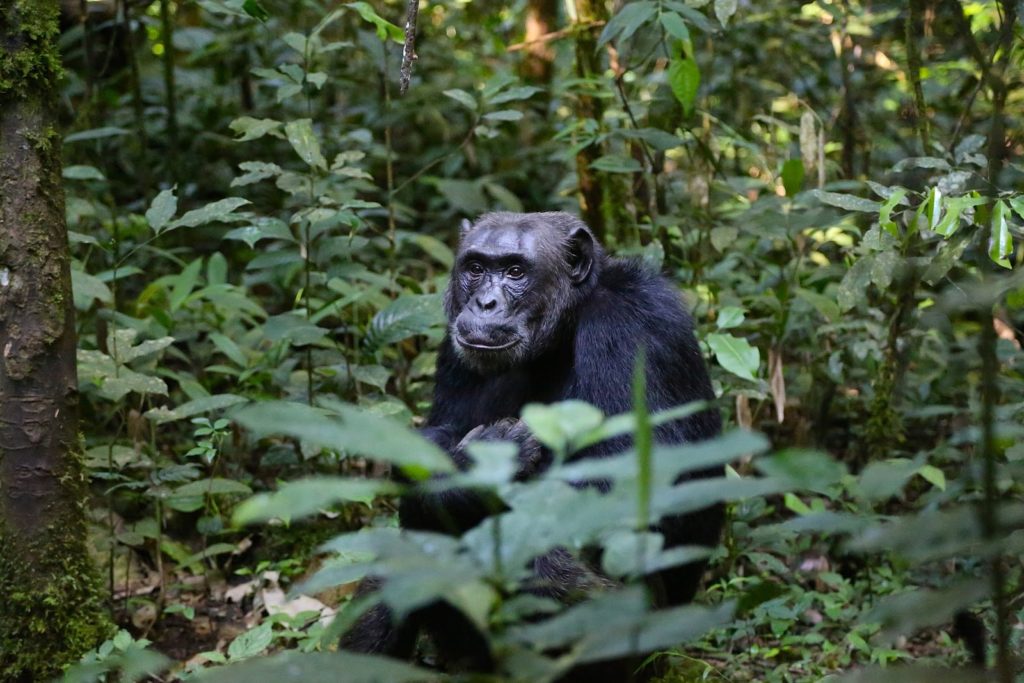
Not only is Libassa Ecolodge a perfect example of a private sector business that has been incredibly successful, but it is one that embodies the spirit of sustainable tourism. The eco-lodge encourages tourists to visit the Libassa Wildlife Sanctuary, and this provides significant benefit to the non-profit conservation organization.
Even further, increasing awareness of this business not only encourages tourists to visit and increase attention to these conservation efforts, but it also underscores the relationship that can exist between private businesses and NGOs that benefits everyone involved. The wildlife sanctuary also aims to educate. Its mission statement includes the importance of educating both the local community and tourists about the importance of conservation.
Utilizing digital marketing to promote these attractions not only benefits conservation efforts, but it encourages participation in the local economy. It is clear that digital marketing plays a crucial role in promoting sustainable tourism. Even further, it directly provides a boost to the sector by increasing the attention the destination receives. Digital marketing not only encourages people to get involved in the sector, but it can also be used as a tool to teach people about sustainable development. A great example of this is the Solimar Institute for Sustainable Destination, which offers courses to show people how to operate businesses that adhere to conservation and sustainability requirements.
Solimar’s institute focuses on four key pillars of education, which include learning, engaging, actioning and developing. The learning pillar is key, as it educates on the best practices on how to sustainably develop a destination, directly from industry experts. Even further, Solimar offers the service of consulting directly with these businesses to help them grow and expand. By encouraging sustainable development in the tourism industry in Liberia via the digital marketing tools available, Solimar International promotes sustainable conservation efforts and can bring economic benefits to local communities.
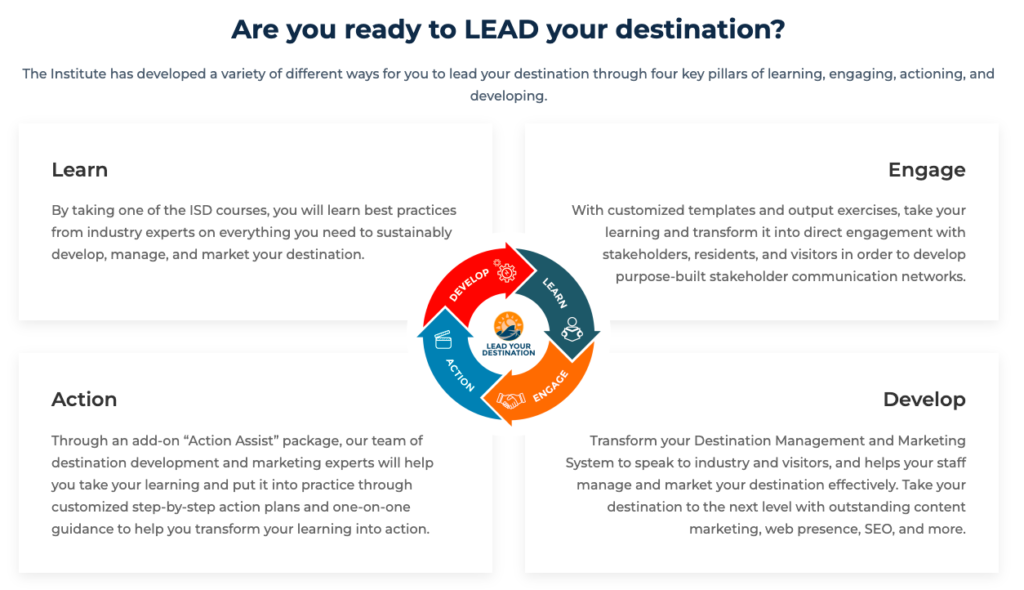
Liberia is an up-and-coming tourist destination that has a lot to offer. For people who wish to relax, they can spend their time on the beaches of Robertsport, at Lake Piso, or at the Libassa Ecolodge. If that doesn’t suit you, you can rest amongst nature in the forests of East Nimba Nature Reserve or Sapo Park. These are also great places for adventure, as there are phenomenal hiking trails throughout these conservation areas. Digital marketing is the perfect tool to encourage people to visit these destinations and teach people about the importance of sustainable tourism while nurturing a mutually beneficial local network of private-sector and government or NGO actors to create a flourishing tourism sector.
Keep up with Solimar – don’t forget to like us on Facebook and LinkedIn!
